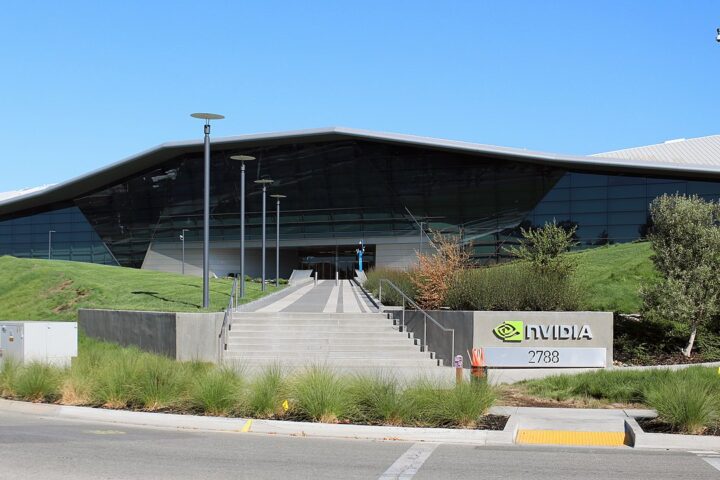A survey of 4,000 consumers’ financial obligations has revealed that tenants and homebuyers in Germany are now paying more than consumers in France or The Netherlands. This was reported by Die Welt which said that the average residential property purchase price across all metropolitan regions stands at between EUR 3,500 and 4,000/sqm, whereas the average property price in The Netherlands is between EUR 2,900 and 3,600/sqm.
The price that would-be condominium buyers in France are prepared to pay rose from EUR 3,102/sqm to EUR 3,188/sqm between 2011 and 2016, and in The Netherlands it fell from EUR 2,435/sqm to EUR 2,355/sqm.
In Germany, purchase prices rose from EUR 1,861/sqm to EUR 3,032/sqm within the space of just five years. When terraced houses and newbuild housing are included in the comparison, German property climbs above the levels seen in the other two countries. Increased land prices, which are the result of growing urban populations, are identified as a major driver of the price rises in Germany.
The ‘Confederation for Increased Homeownership’ has concluded that higher prices mean that homeownership is now beyond the financial reach of even more households. Although younger households are inheriting more real estate than ever before, the Pestel Institute points out that homeownership rates continue to fall.
“The promotion of homeownership also has a social dimension,” said Jürgen Michael Schick, President of the IVD real estate association.
“When the state pension fails to maintain living standards and private pension funding doesn’t work, the only answer is property.” As a result, the IVD is calling for reductions in property transfer tax to a uniform 3.5% for owner-occupiers, as initially proposed by Schick at the first German Housing Day.
Meanwhile, a Savills’ study suggests that investors benefited from mixed-use neighbourhoods. Higher prices for residential real estate mean that higher revenues can be generated, and diversification also ensures greater income stability.
A comparison of prime suburban office rents with the most expensive apartments at first occupancy showed that higher prices could be achieved with apartments in Dusseldorf and Frankfurt. In Berlin, Dusseldorf and Frankfurt, net present values and square metre purchase prices are also higher for apartments than for offices.
Finally, according to the BNP Paribas Real Estate Investment Market Report for 2017, Berlin became the most expensive investment location in Germany in 2016.
The net initial yield in the office sector now stands at 3.3%, 70 basis points lower than a year earlier. The net initial prime yield for downtown retail/office properties also stands at a maximum of 3.3%. Only logistics premises remain suitably profitable, with yields of 5.2%.
The transaction volume in Berlin was EUR 5.4 bln in 2016 (compared with EUR 8 bln in the previous year). This decline was not due to waning interest, rather it was the result of a shortage of product, especially in the core segment.
The average price per sale was EUR 29 mln (2015: EUR 40 mln). The most active buyers and sellers were funds. A majority of sales involved portfolio transactions.
The average price for commercial real estate transactions increased by 44% to between EUR 10 and 25 mln. The same increase was registered for Berlin office real estate. (Source: German Real Estate News – www.zitelmann.com )






